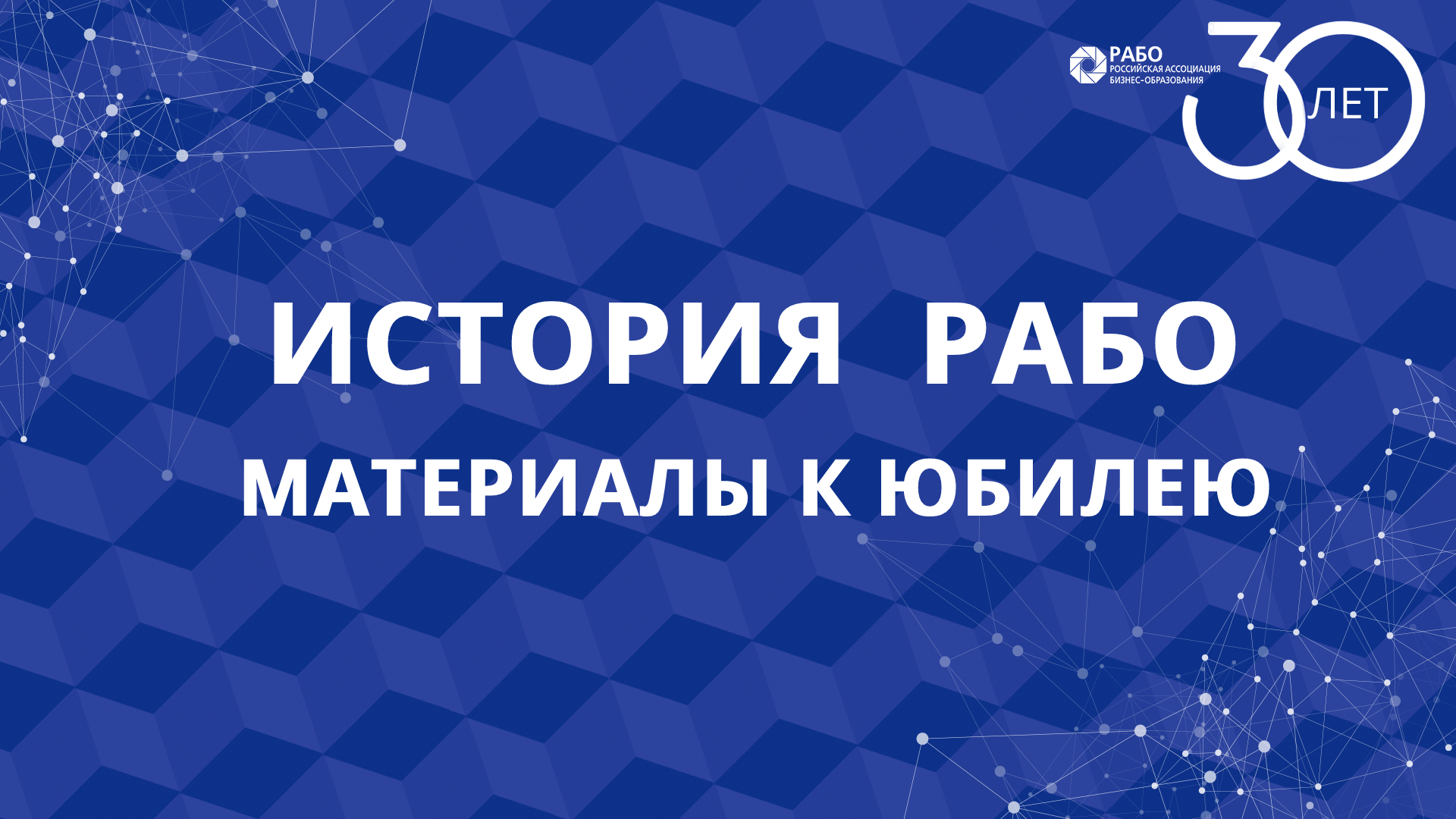Management mathematics
Организатор: Финансовый университет при Правительстве РФ
Москва
Даты проведения:
С открытой датой
Описание мероприятия
Язык обучения: английскийОписание программы
This course looks at the applications of mathematics and statistics in management and business. Students will use dynamic models and data analysis with an emphasis on model construction and interpretation, in order to gain an appreciation of their appropriate and wide use in this context.
Aims and objectives
- To extend the mathematical and statistical ability and interests of students beyond the knowledge acquired in courses ST104a Statistics 1 and MT105a Mathematics 1.
- To introduce new areas of interest and applications of mathematics and statistics in the ever widening field of management.
- For students to become familiar with, and competent in, dynamic models and data analysis.
Assessment
This course is assessed by a three-hour unseen written examination.
Учебный план:
- Logical use of set theory and Venn diagrams.
- Index numbers.
- Trigonometric functions. Imaginary numbers. (The prime requirement for both these topics is for modelling of cyclical dynamics via difference and differential equations).
- Difference (first and second order) and differential equations (linear, first and second order). Simultaneous second order equations.
- Further applications of matrices: input/output, networks, Markov chains, transition/product switching matrices.
- Simple stochastic processes – including ‘Gambler’s ruin’, ‘Birth and Death’ and queuing models. Analysis of queues to include expected waiting time and expected queue length.
- Statistical modelling. Analysis of multivariate models. Simple treatment of construction and interpretation of factor analysis and discriminant analysis models.
- Time series analysis. Forecasting techniques (including exponential smoothing, moving averages, trend and seasonality, simple Box-Jenkins (ARIMA)).
- Introduction to econometrics. Multiple regression (including using F tests). Simple analysis of variance.
- Principles of mathematical modelling.
- Clustering techniques and appreciation of other models. Data reduction models. Interpreting various types of scatter plots.
Результат обучения:
At the end of the course and having completed the essential reading and activities students should be able to:
- demonstrate further mathematical and statistical knowledge.
- apply mathematics at varying levels to aid decision-making.
- understand how to analyse complex multivariate data sets with the aim of extracting the important message contained within a huge amount of data which is often available.
- construct appropriate models and interpret the results generated (this will often be a case of understanding the output from a computerised model).
- demonstrate the wide applicability of mathematical models while, at the same time, identifying their limitations and possible misuse.
- discuss the more technical / mathematical / theoretical side of management (including finance and economics).
- read management/financial journals in the areas of (for example) management science and operations research, forecasting, financial engineering and market analysis, economics and econometrics etc with a reasonably high level of assessing the basic mathematical techniques employed therein.
Требования к поступающим:
If taken as part of a BSc degree, courses which must be passed before this course may be attempted:
- ST104a Statistics 1 and either MT105a
- Mathematics 1 or MT1174 Calculus
Exclusion
This course may not be taken with MT105b Mathematics 2.




